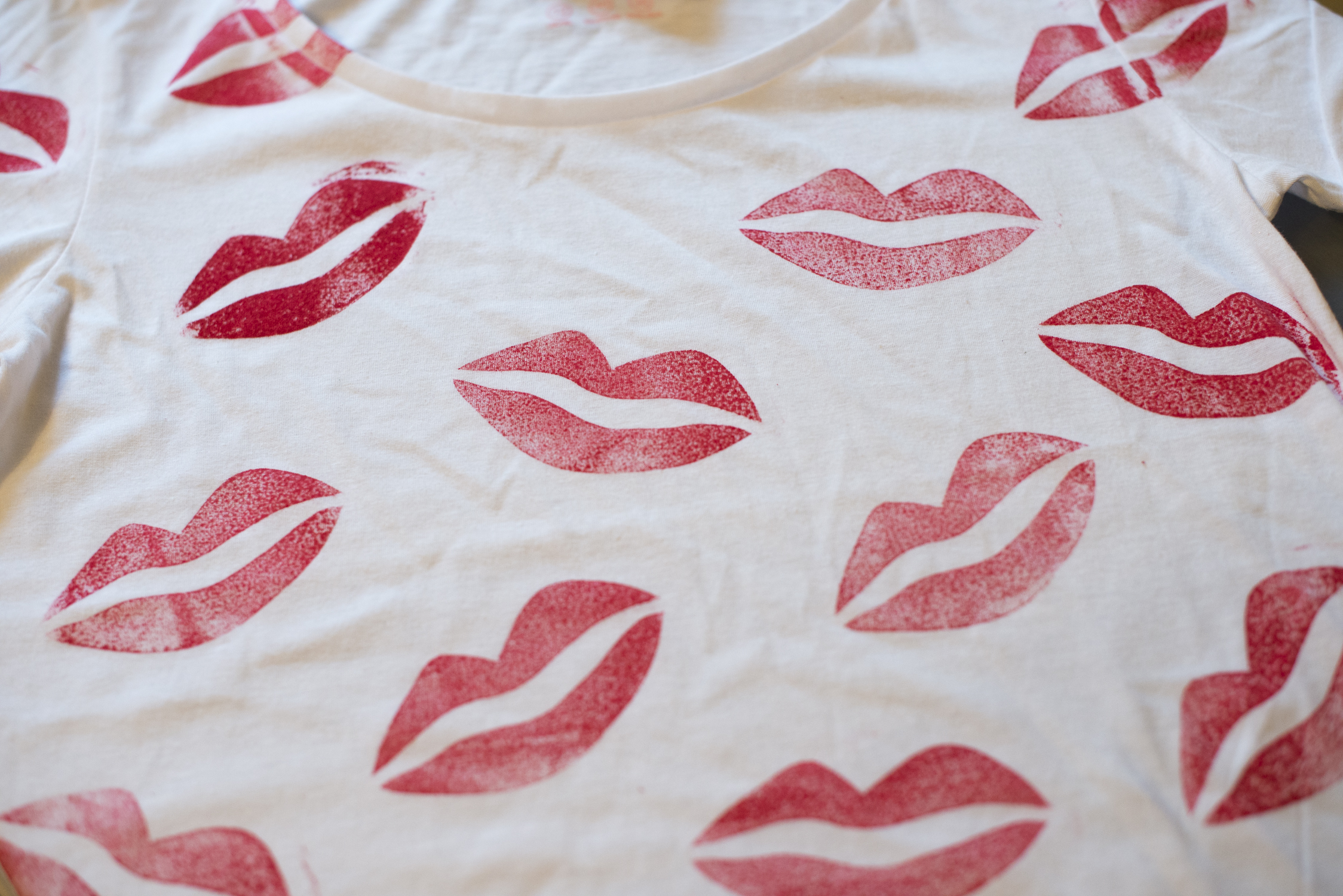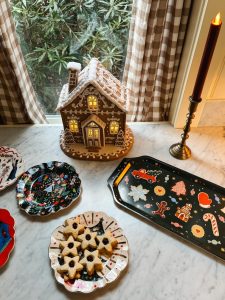
Hardwood floors are synonymous with timeless beauty. This centuries old floor covering remains as popular today as ever, and with good reason. No other flooring type matches the natural beauty, elegance, and charm of a wood floor.
If you are thinking about purchasing hardwood floors for your home, learning about the different types, species, options and finishes is essential. Should you buy a solid or engineered wood floor? What does “handscraped” mean? Can a hardwood floor be installed over a concrete slab? How can you keep your flooring investment in top shape for years to come?
Types of Hardwood Flooring
There are many choices when it comes to wood floors. Differences in the way each piece is constructed, harvesting methods, and finishing processes make some types of wood better for specific installations than others.
Hardwood flooring types and terms include:
* Solid: Approximately 3/4″ of an inch thick, solid wood floors come from a single piece of hardwood cut into planks. Solid wood planks are installed above grade only, never in a basement or over a concrete slab.
* Engineered: Engineered wood floors are available in assorted thicknesses, generally ranging from 1/4″ to 1/2″. Construction involves laminating and gluing several wood plies together to form a single plank. Engineered planks may be installed over a dry concrete slab.
* Longstrip: Longstrip is a variation on engineered construction, resulting in a wider and longer single plank.
* Exotic: Exotic is the term used for wood floors that come from various world locations, including Asia, Australia, Africa, Germany, South America and Russia.
* Handscraped: Extremely popular, hand-scraped floors are wood planks that have been scraped by hand to give each piece a worn and ancient look. They are available in both engineered and solid construction.
* Distressed: Similar to handscraped, distressed hardwood is machine scraped to give it a unique look and texture.
* Pre-finished and Unfinished: Pre-finished means that the finish was applied at the factory, before purchase and installation. Unfinished floors must be finished after installation. Pre-finished floors offer a wider variety of choices and less clean-up after installation. Unfinished floors attain a more customized look after the finish is applied.
Types of Installation
Wood flooring installation is done in several different ways, depending on the wood type and placement. The most common methods are:
Nail or staple down: Nails or staples are used to secure each plank to the subfloor. These cannot be installed over concrete slabs.
Glue: Glue is used to secure individual planks to the subfloor.
Glue-less: A relatively new method, glue-less installation involves connecting interlocking planks without the use of wood adhesive.
Floating: A favorite with do-it-yourselfers, floating floors sit above the subfloor without being secured to it. In most cases, wood glue is used between each plank’s tongue and groove.
A Word about Finishes
For years, maintaining a hardwood floor meant a hefty commitment in both time and money. The initial cost notwithstanding, periodic sanding, buffing, and waxing was necessary to care for wood flooring. Modern advances in finishes have made great strides in the wear capabilities of wood floors, however. Buffing and waxing is, for the most part, a thing of the past. Specially designed urethane finishes offer advanced scratch, moisture, and stain resistance. Proper care is still necessary, but today’s finishes greatly decrease the time spent in maintaining your floor.
Hardwood Floor Care
Today’s finishes have made it easier, but there are still some basic procedures to follow to keep your new hardwood floor looking beautiful. Consider the following tips:
* Never wet mop your wood floors
* Vacuum regularly using a soft bristle brush attachment
* Use floor protectors on chair, table, and sofa legs
* Keep pet’s nails clipped to prevent floor scratches
Always follow the manufacturer’s instructions for cleaning and maintenance procedures. Failure to do so may void your warranties.
Hardwood Floors are more beautiful and easier to maintain than ever. A much sought-after asset, wood floors increase the value of a home and bring tradition, charm, and natural beauty for years to come.






